|
|
|
|
|
|
|
|
August 25, 2022 | ISSUE 40 |
|
|
 |
PlanetScope • Kazakhstan-Uzbekistan border • September 6, 2020
|
In this week’s issue: Satellites explore how political borders shape landscapes; a phytoplankton bloom consumes the Gulf of Finland; sea ice melts in the Arctic. |
|
|
|
|
FEATURED STORYPolitical Borders
Like an angsty teen, Earth is largely defined by its edginess: the movement between tectonic plate boundaries, the ecology inhabiting the confines of particular areas, and the interplay of the planet’s spheres. These are some of its natural boundaries, but they represent only one half of the division equation. For many humans, the other side often has far more significance.
Over millennia we’ve imposed political borders on top, around, and beside the topographic features of Earth’s surface. On the one hand, they’re imaginary: they arbitrarily designate the end of one country’s domain and the beginning of another’s. But on the other, our division of Earth’s atlas into color-coordinated segments has led to an endless number of conflicts throughout history. Political borders are both obstacle and gateway, the limit and the opportunity.
|
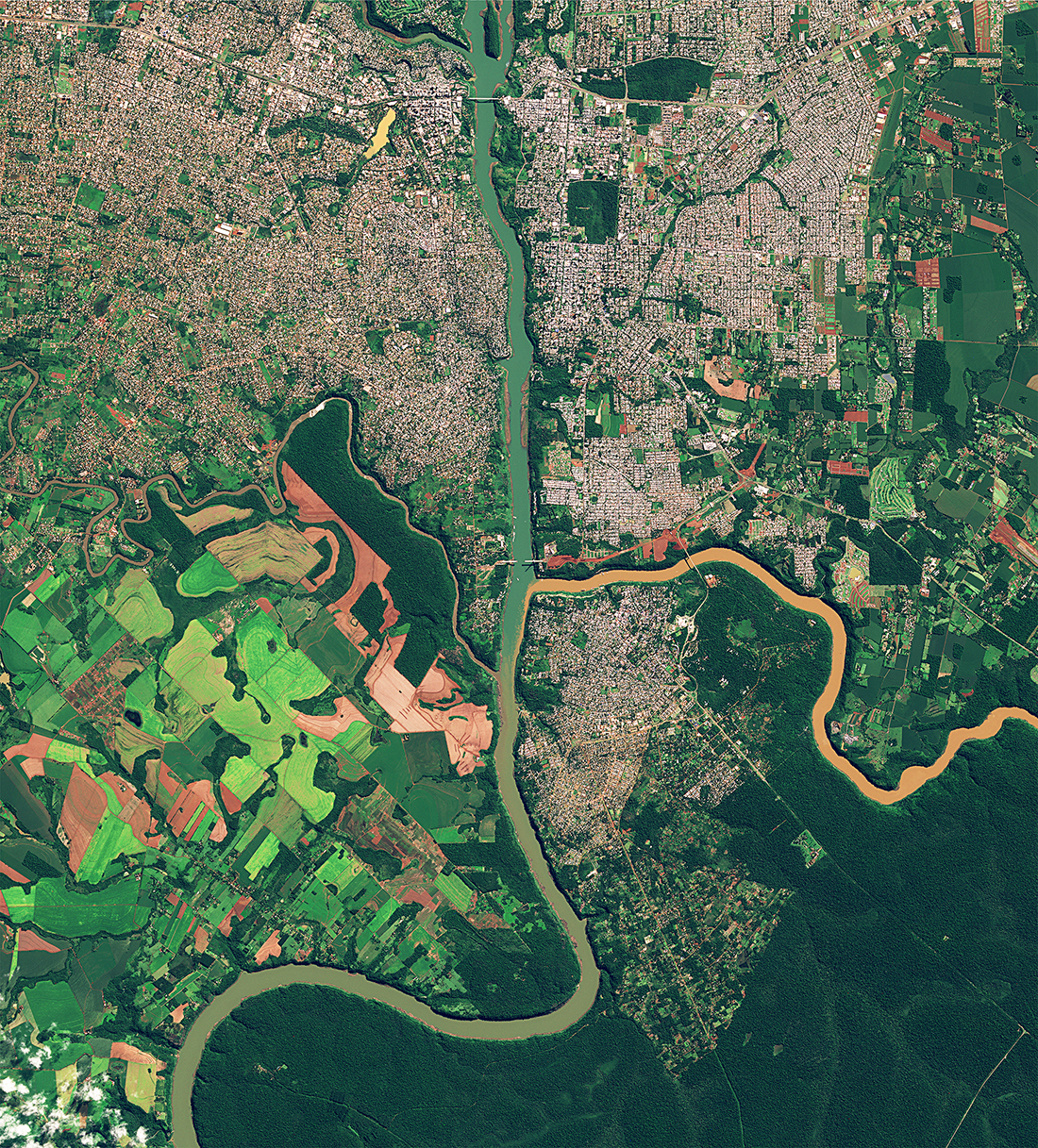 |
PlanetScope • Triple Frontier, Brazil-Paraguay-Argentina border • May 6, 2022 |
This week we’re diving into the first of a two-part series on Earth’s boundaries: how the planet divides itself and how we divide it. Often the two overlap, as is the case with many rivers and mountain ranges. In part two we’ll take a look at the geographical features that naturally partition the planet and the importance of these areas. But first, let’s explore what the view from space tells us about the political dimension. |
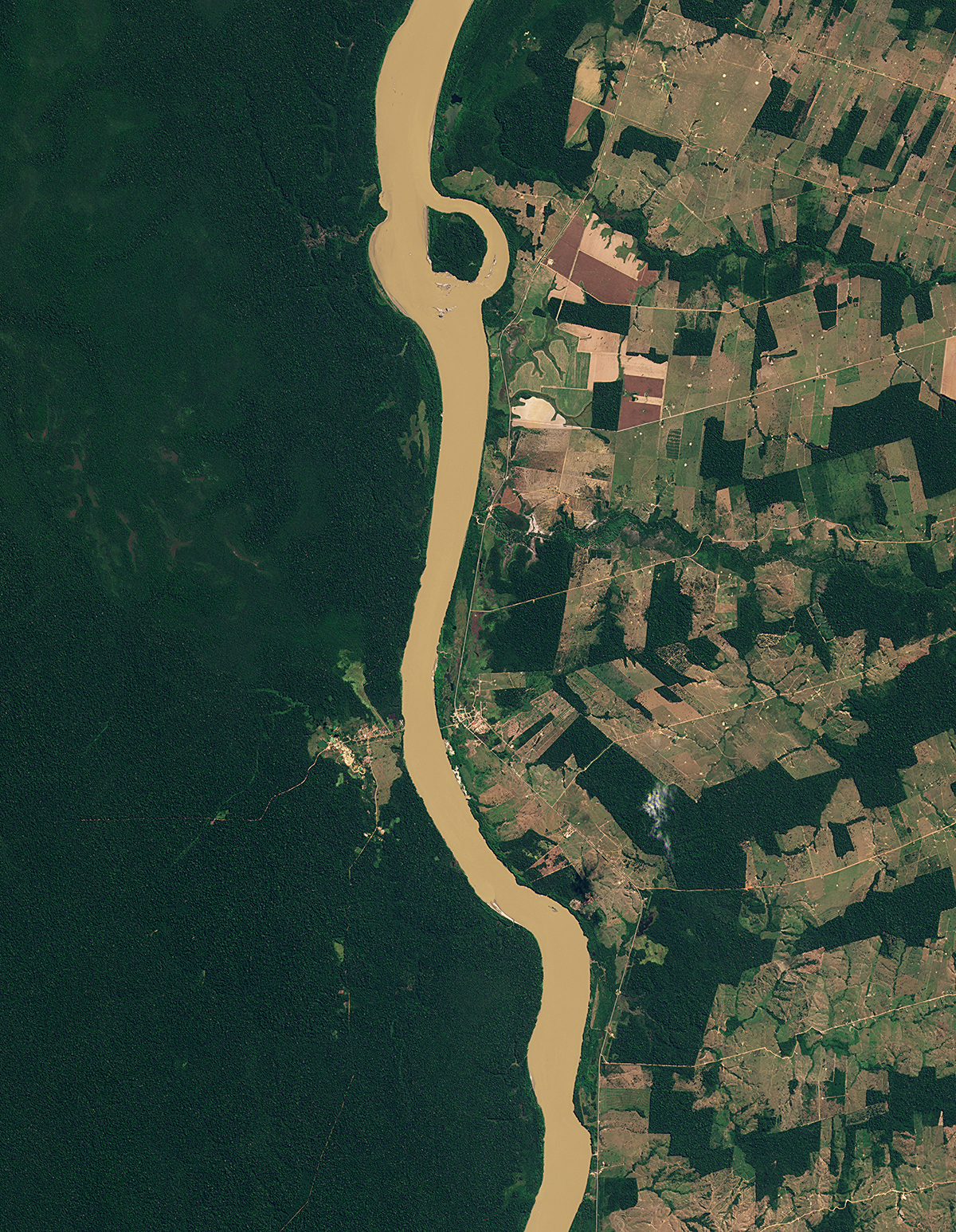 |
PlanetScope • Bolivia-Brazil border • June 27, 2022 |
Despite the profound importance of political borders, most are visually unremarkable. On the ground maybe there’s a fence, gate, or sign. But from space most political divisions aren’t even discernible. The jagged peak of Mount Sabyinyo, for instance, marks the border between Rwanda, Uganda, and the Democratic Republic of the Congo. But nothing in the landscape reveals that three countries converge in this rippled spot. |
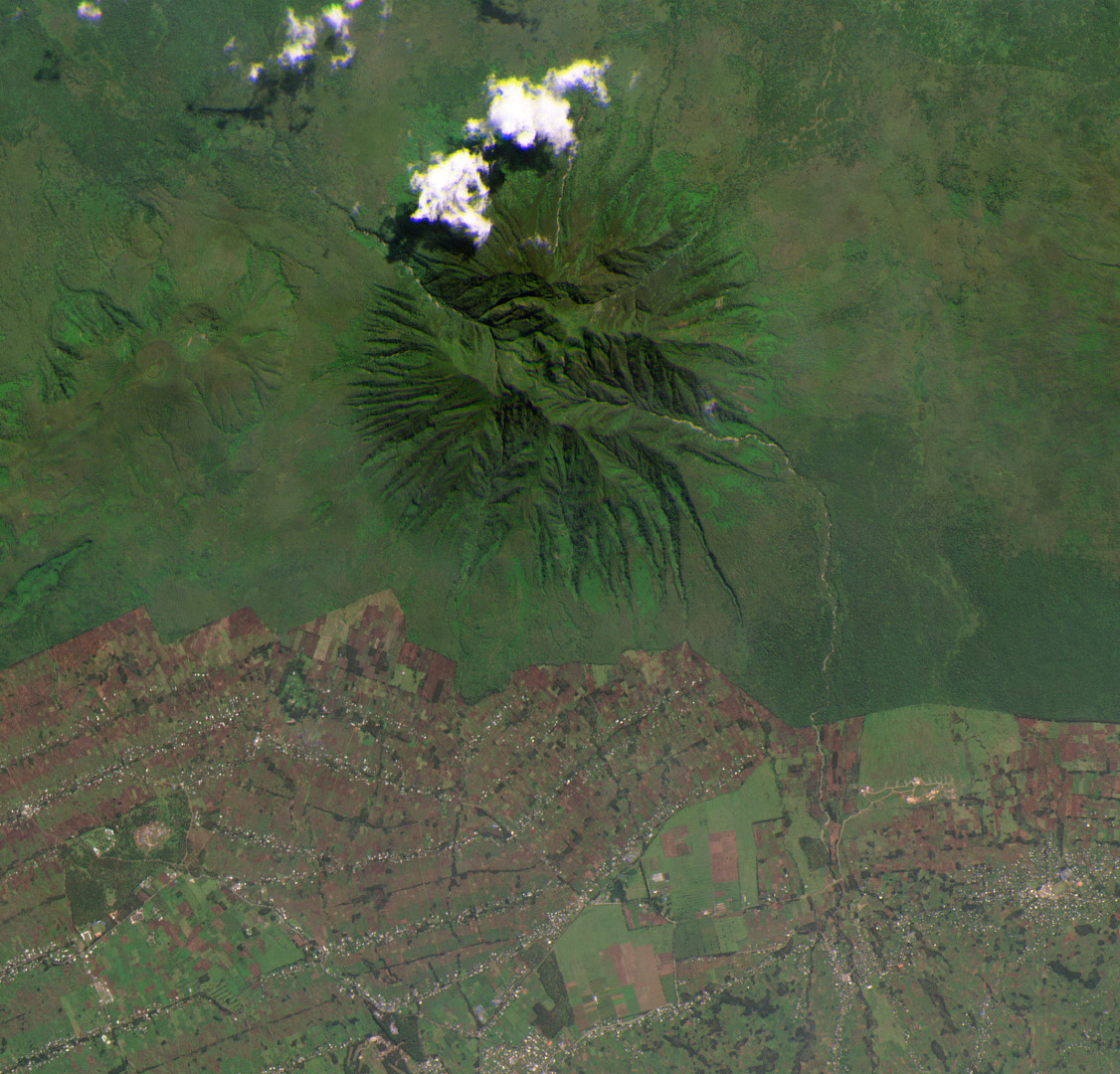 |
PlanetScope • Rwanda-Uganda-DRC border • July 2, 2019 |
Here’s a fun exercise: look up almost any political border on Google Maps and switch to the satellite view. See a noticeable change in the landscape? Probably not. Nature’s movement isn't confined by sovereign borders—it has no passport. That means, in most instances, politics follows geography: using a river as a separator, or the world’s tallest mountain to create the world’s most inaccessible border between Nepal and Tibet, an autonomous region of China. |
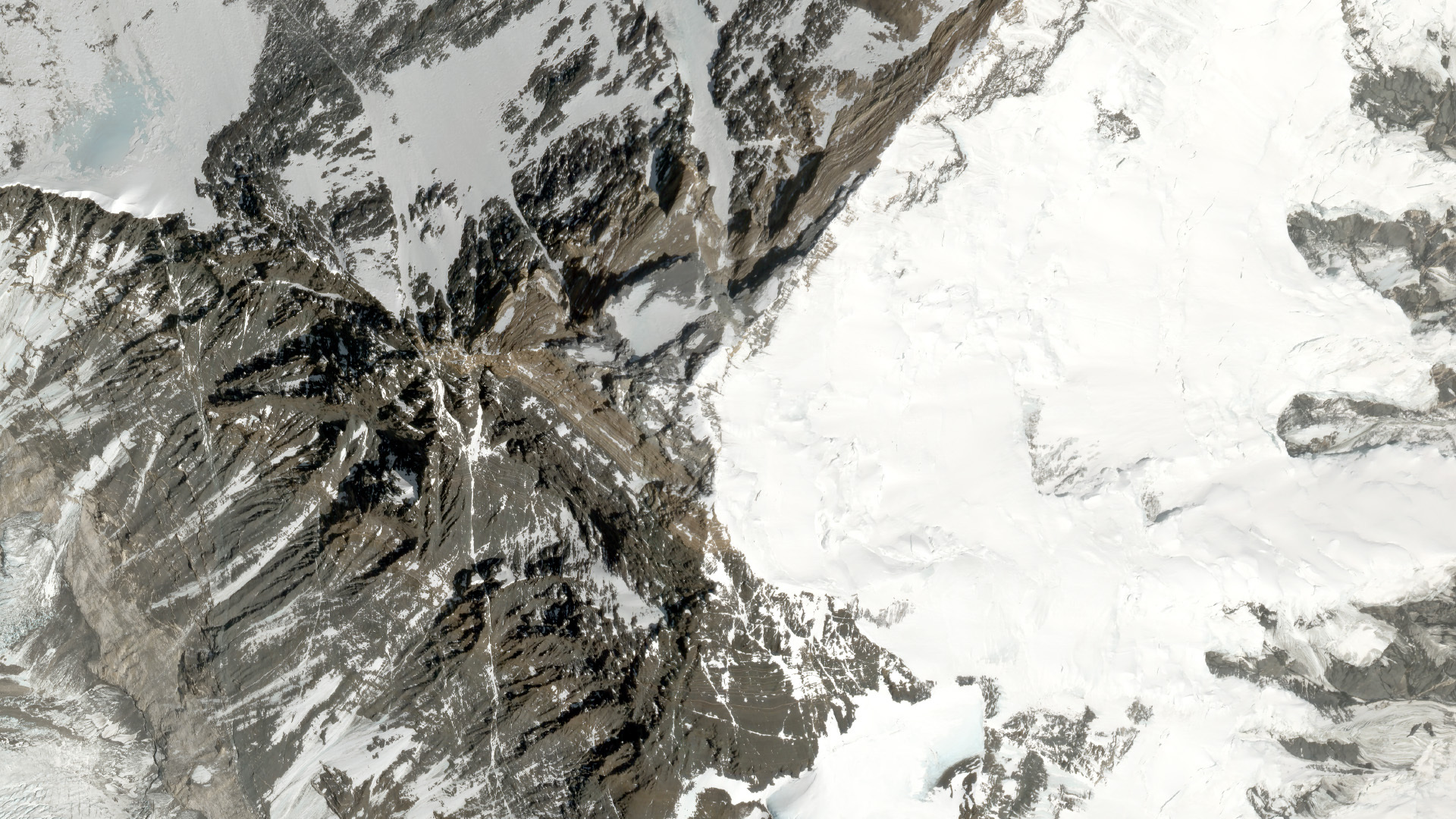 |
SkySat • Mount Everest, Nepal-Tibet border • March 29, 2022 |
Here’s where certain areas get interesting though. Despite being imaginary, political borders can still impact the land. And images of these boundaries reveal stories between two sides. Take a look at the border between Haiti and the Dominican Republic. The two countries share the same island, but they don’t look the same. The Dominican Republic, seen to the right of the river winding from the image’s top left to bottom right, has far more vegetation than the heavily deforested Haitian side. |
 |
PlanetScope • Haiti-Dominican Republic border • April 23, 2022 |
In arid Central Asia, different approaches to land use create this stark difference along the Kazakhstan-China border. China maximizes the land it uses for agriculture in order to feed its large population by heavily irrigating farms across the continent. Kazakhstan relies on rainwater to farm this region and its side of the border reflects its less resource intensive position. |
 |
|
PlanetScope • Kazakhstan-China border • June 29, 2022 |
With neighboring countries comes conflict. And some places need a wider buffer than a line in the dirt. North and South Korea established a demilitarized zone 4 km (2.5 mi) wide and 250 km (155 mi) long after their armistice in 1953. For nearly 70 years this swath of land has been uninterrupted by encroaching human development on either side and has become a wildlife sanctuary. A stretch of the zone is seen here characterized by its dark green color compared to the bordering countries. |
 |
PlanetScope • North Korea-South Korea DMZ • May 16, 2022 |
Satellite images operate at a unique scale: not detailed enough to capture the full history of a 150+ year-old border between the U.S. and Mexico but enough to reveal the impression that such a significant division has created in the landscape. From space, the city of Mexicali is seen developed up alongside the sharp line, with the far smaller Calexico surrounded by agricultural fields on the other side. |
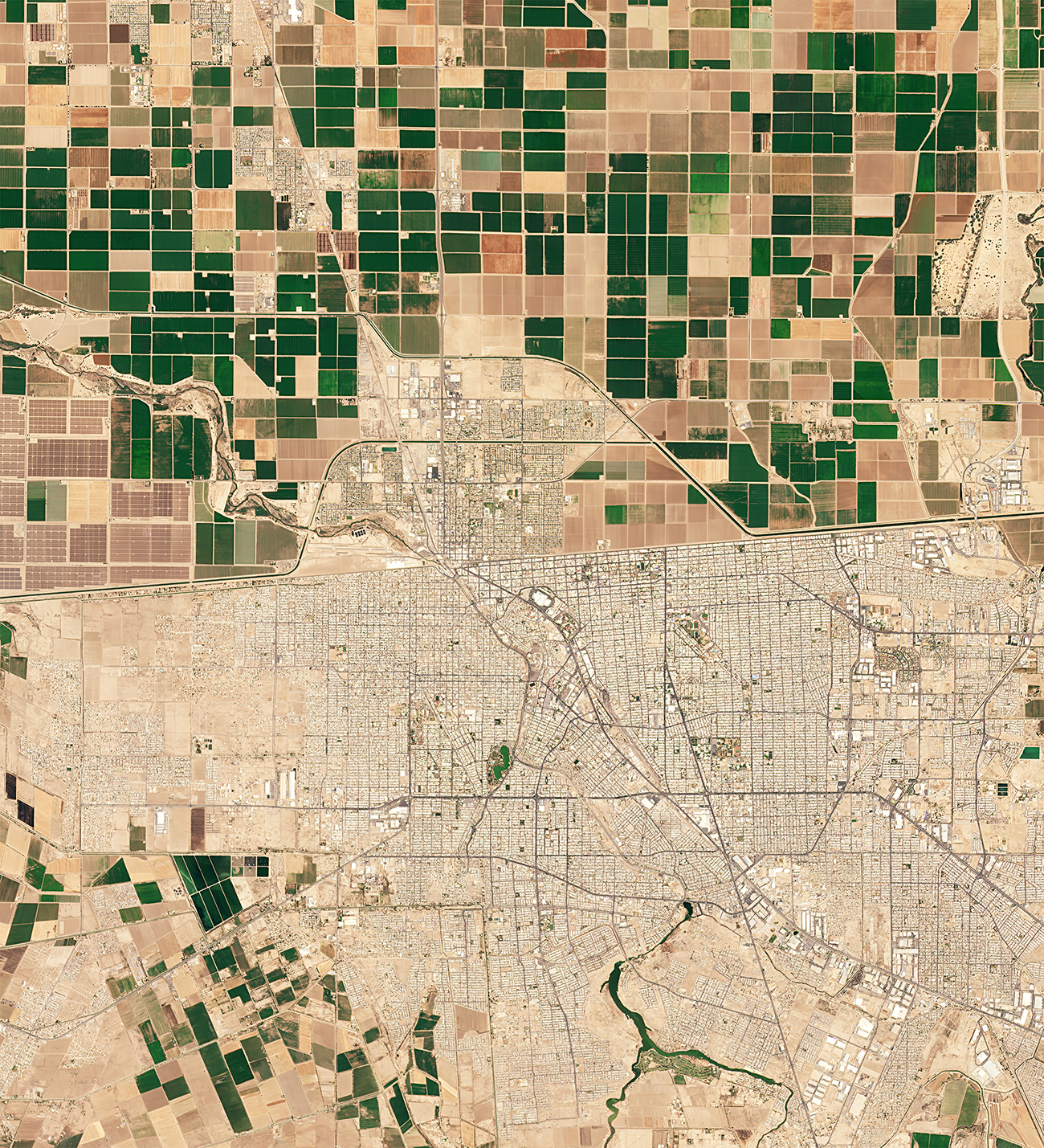 |
PlanetScope • Mexicali, US-Mexico border • May 31, 2022 |
Humanity’s impact on the land is deeper than we realize. What begins as an imaginary pastel mark on a map can become a substance that leaves traceable evidence of its existence behind. Perhaps the next time you’re in a plane looking down you’ll recognize a political boundary and say, with the certainty of spotting a coastline, this is where two entities meet. |
 |
PlanetScope • Lesotho-South Africa border • August 15, 2022 |
Bonus: In researching political borders for this issue, we got a little preoccupied with enclaves (when a territory is entirely found within another state, e.g. Lesotho, a landlocked country encircled by South Africa) and exclaves (when part of a territory is separated from its primary, e.g. Alaska). These seemingly-bizarre instances are perfect examples of the arbitrariness of political borders (especially when you get enclaves within enclaves). So here’s a bonus picture of a notable enclave named Vatican City. |
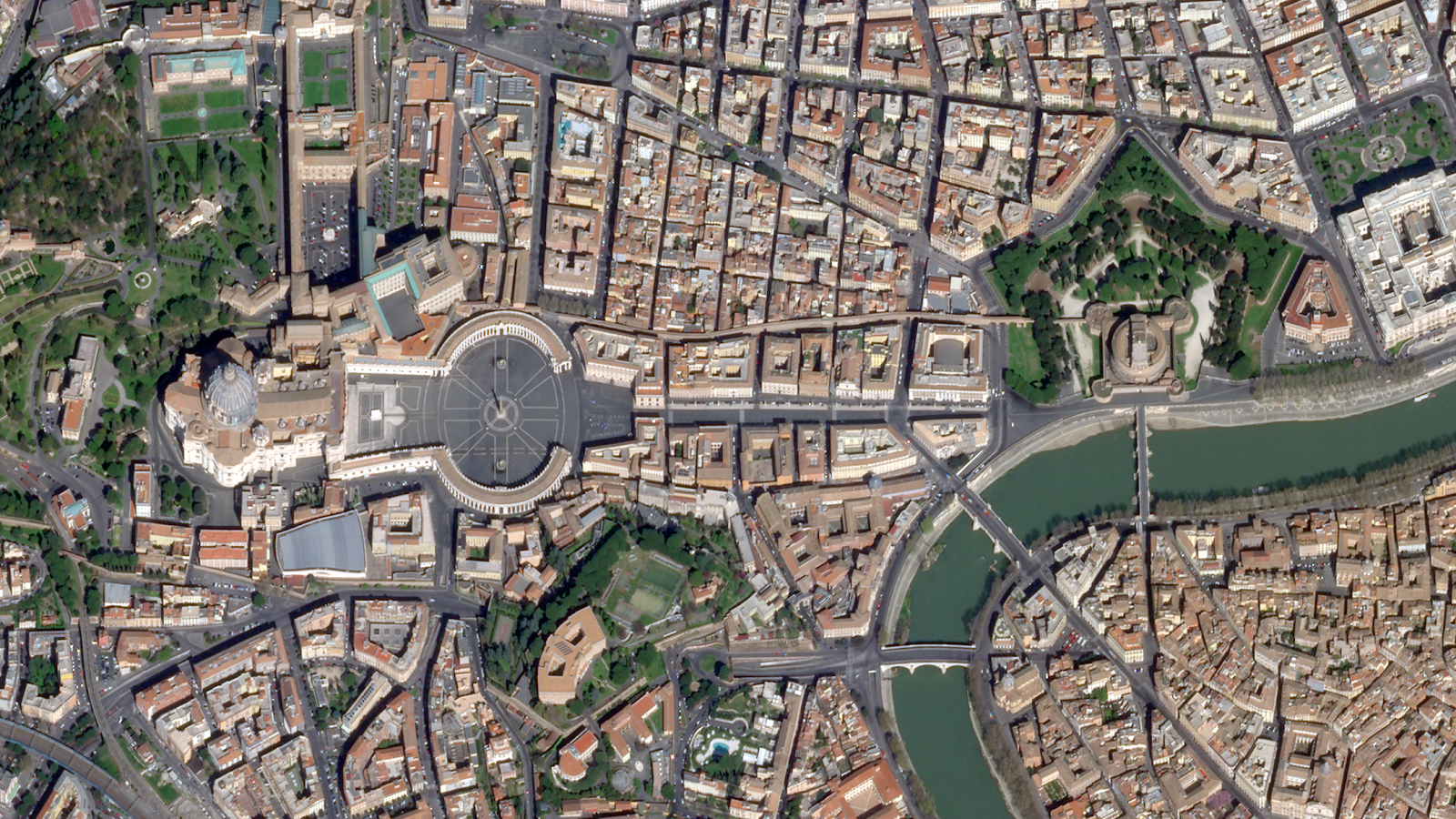 |
SkySat • Vatican City • March 23, 2020 |
|
|
|
|
|
|
|
|
Bloom
We love the timeless reminder that it’s often the smallest organisms working together that can have the largest impact. Earlier this month, a multitude of cyanobacteria created a phytoplankton bloom, churning swirls of the Baltic Sea an unmistakable blue-green. These form as a result of nutrient abundance, warm waters, and summer sunlight. NASA Earth Observatory recently spotted this bloom, so we took a look ourselves. And if you have any leads on new blooms, reach out to us and let us know!
|
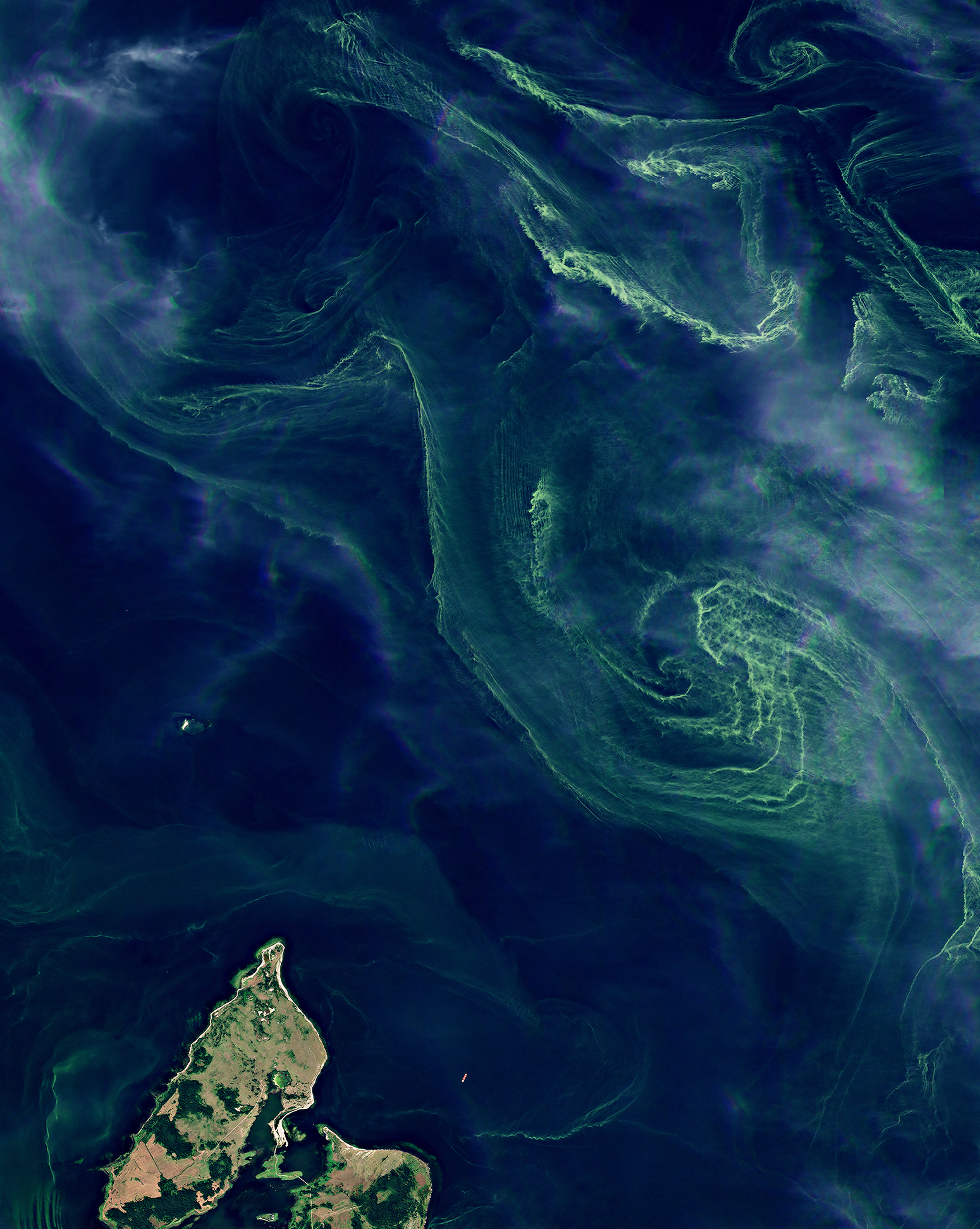 |
PlanetScope • Baltic Sea, Gulf of Finland • August 13, 2022 |
|
|
|
|
|
Chill Out
It’s been an uneasy summer of heat waves and temperature spikes across the Northern Hemisphere. And while we’ve been sharing a lot of images that illustrate their damages, we wanted to take a breather this week. So sit back and chill out with this tonic of seasonal ice melt—Earth’s equivalent of ice cubes clinking in a glass. |
 |
PlanetScope • Nunavut, Canada • June 24 - August 9, 2022 |
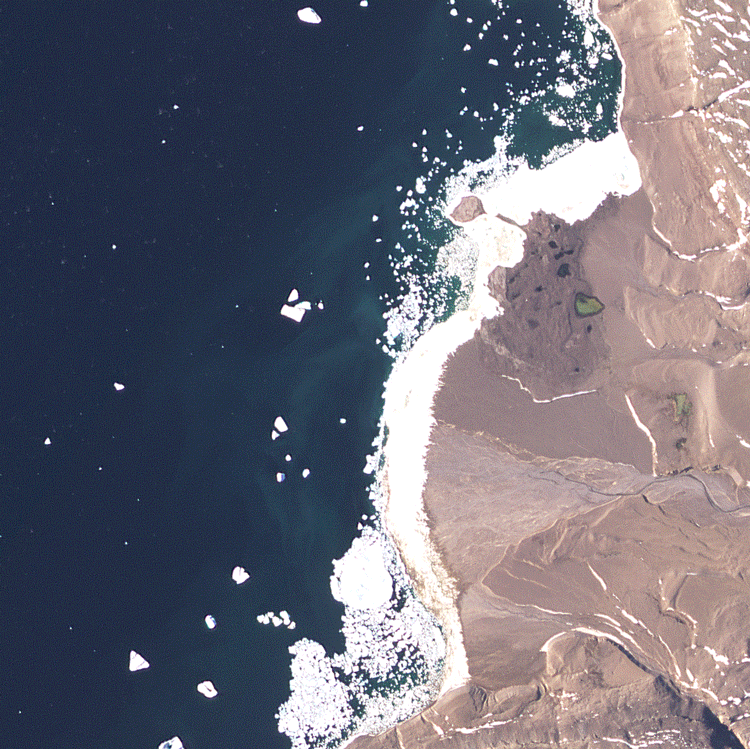 |
PlanetScope • Greenland • June 23 - August 3, 2022 |
|
|
|
|
|
|